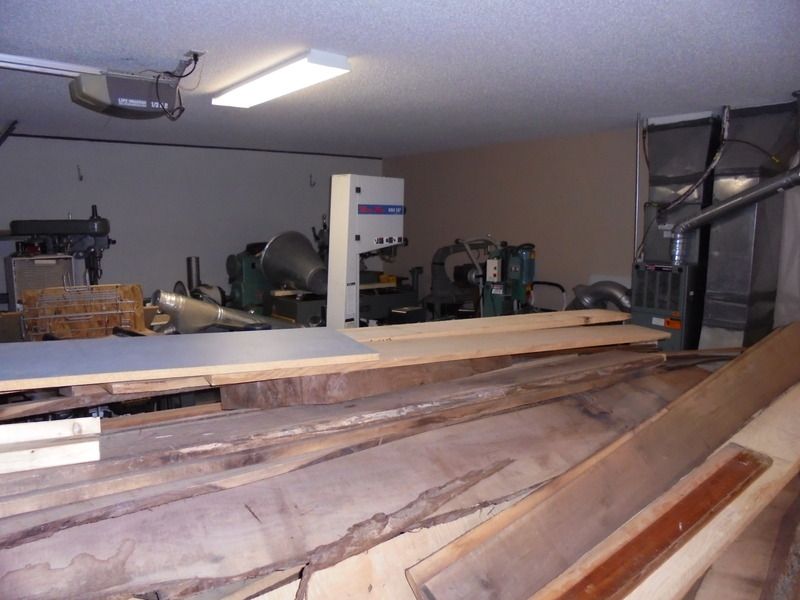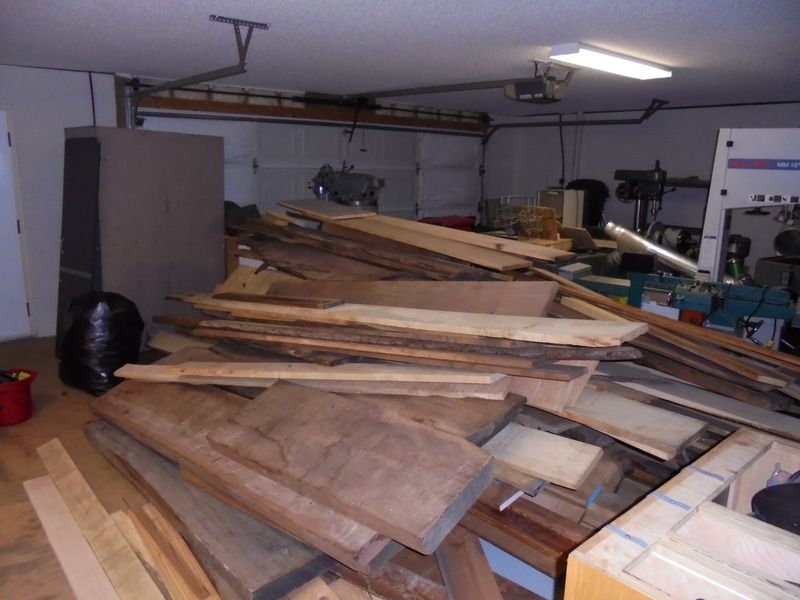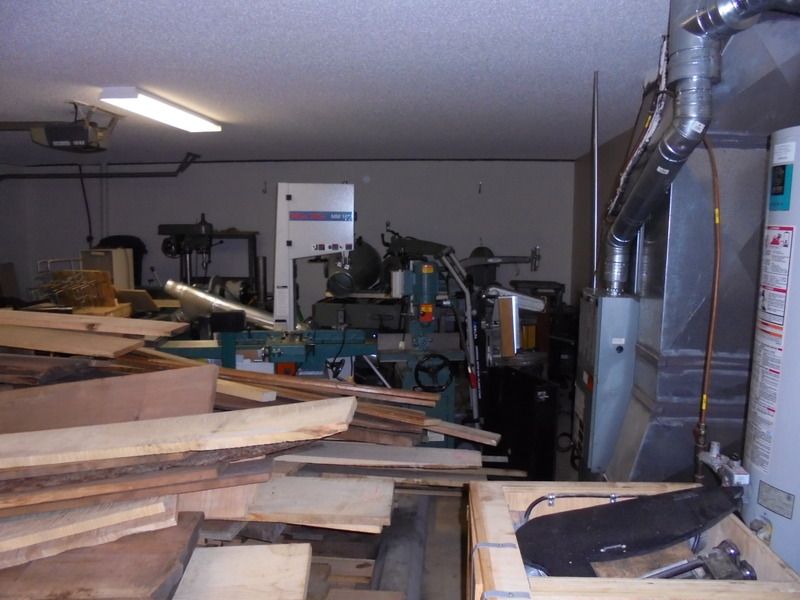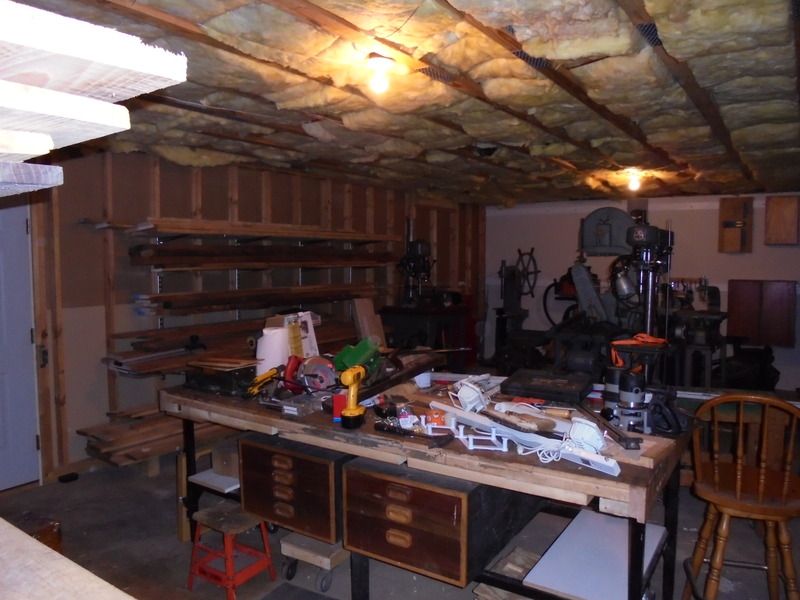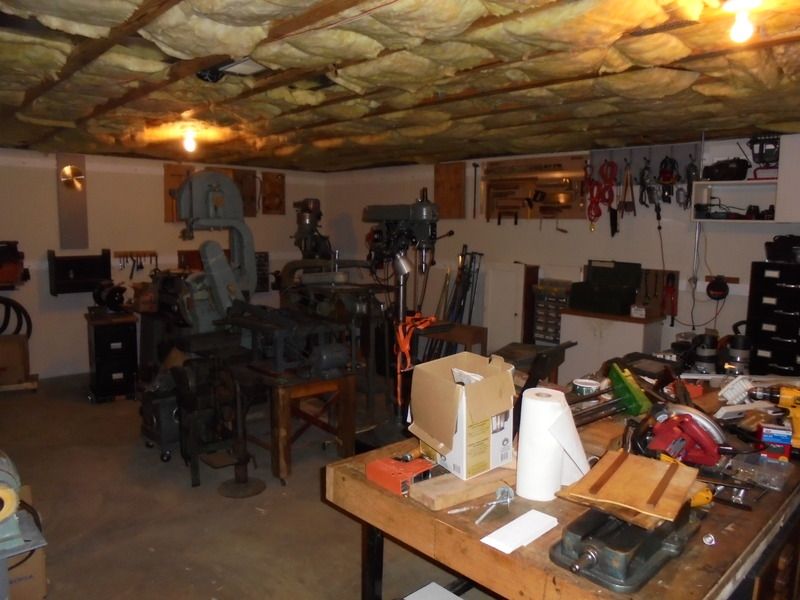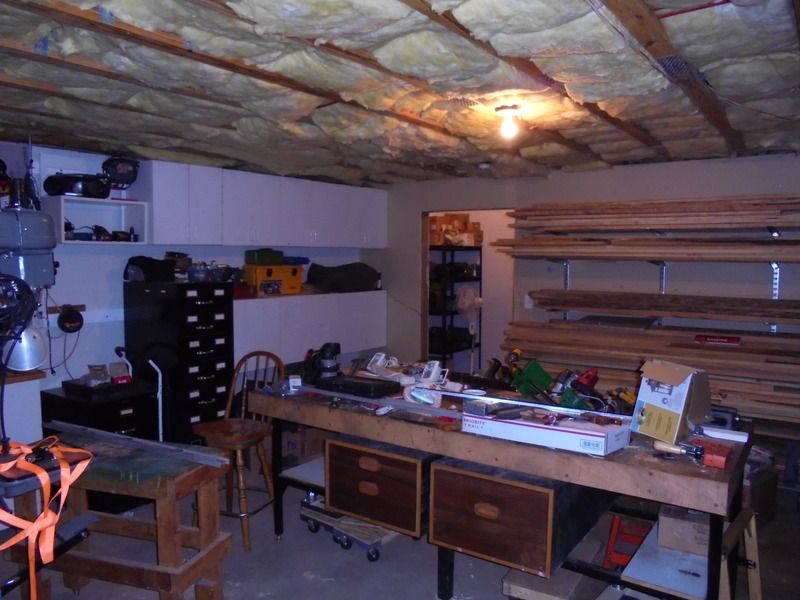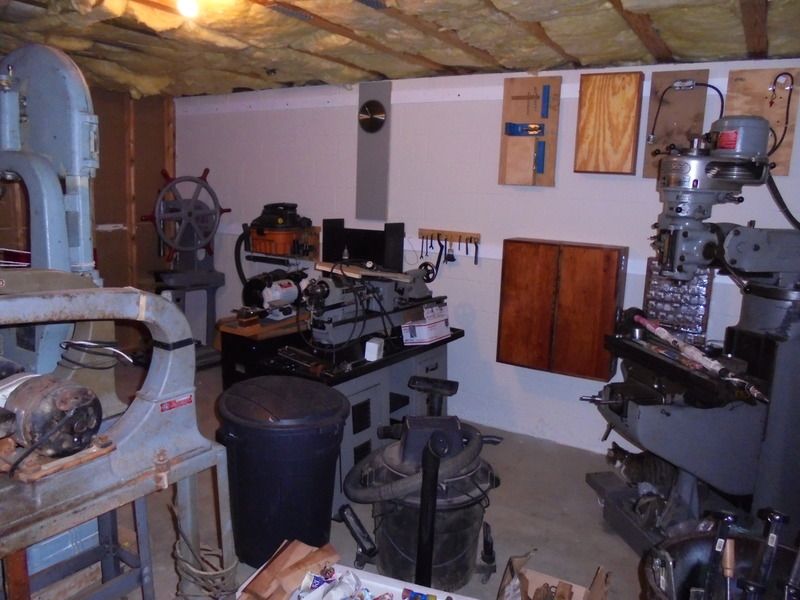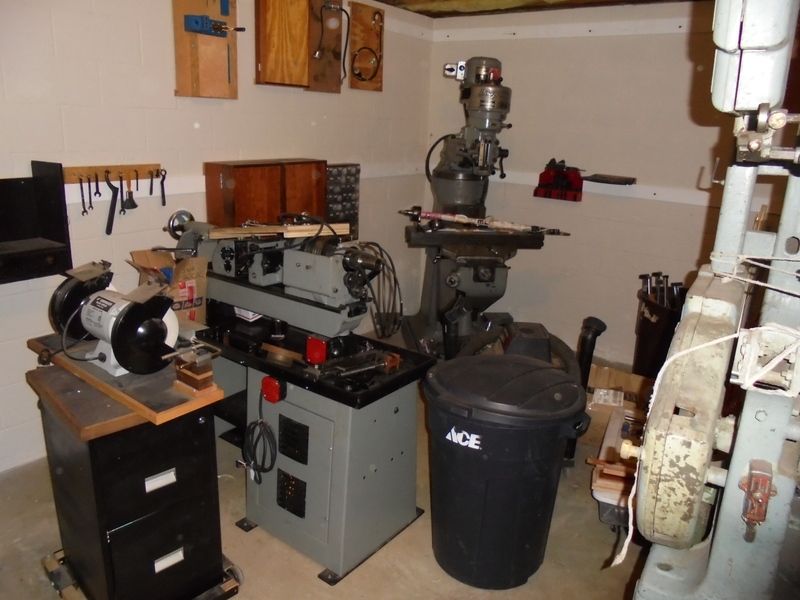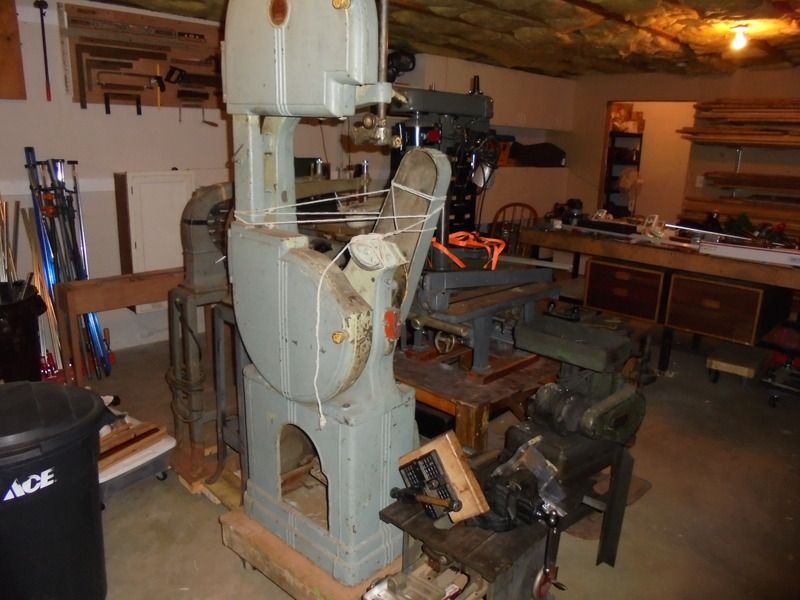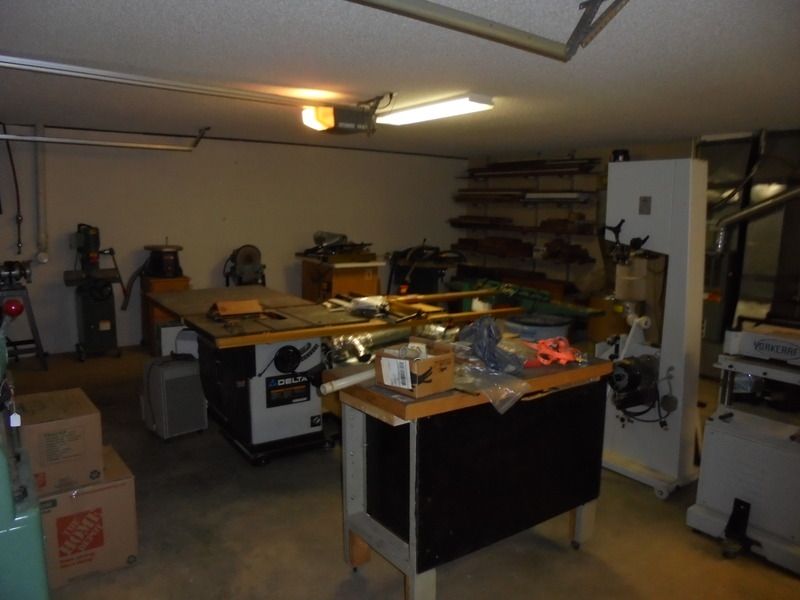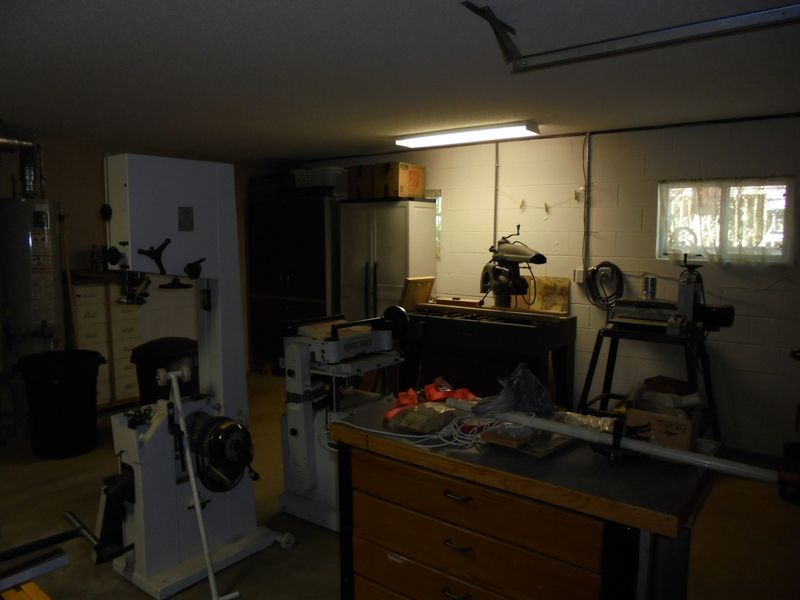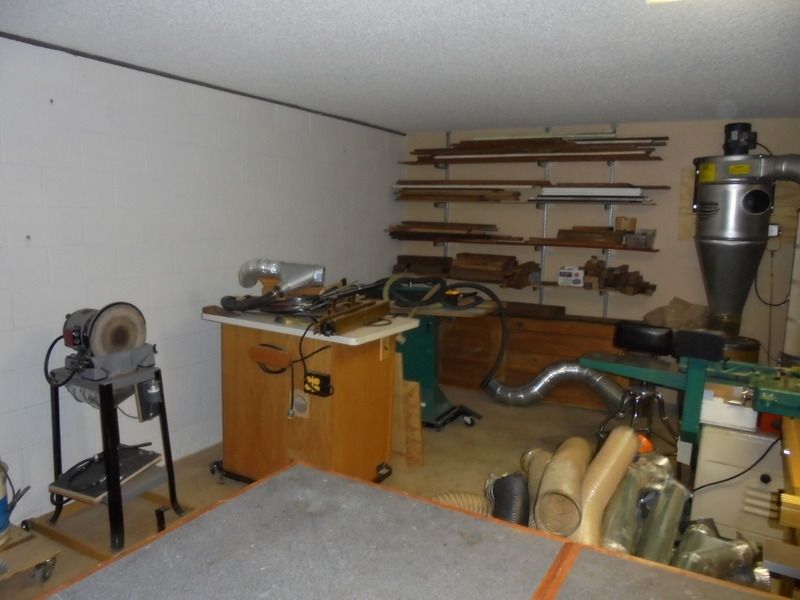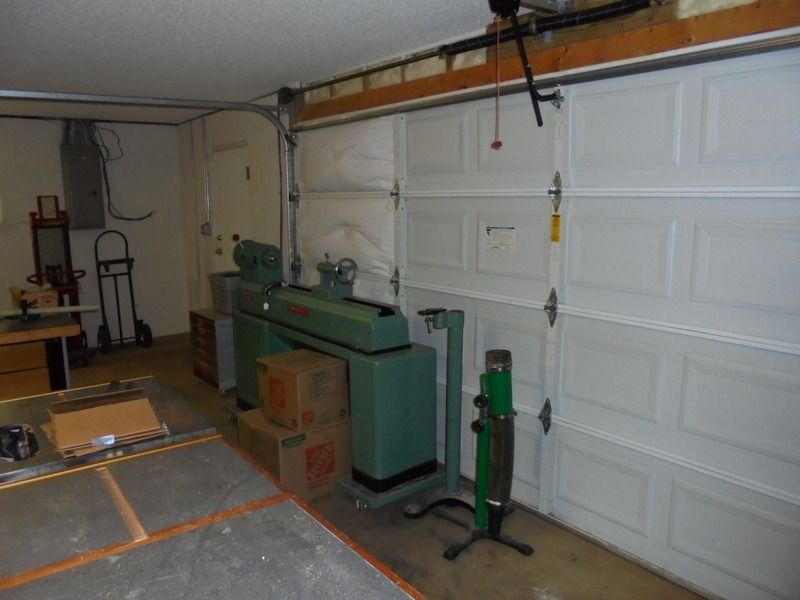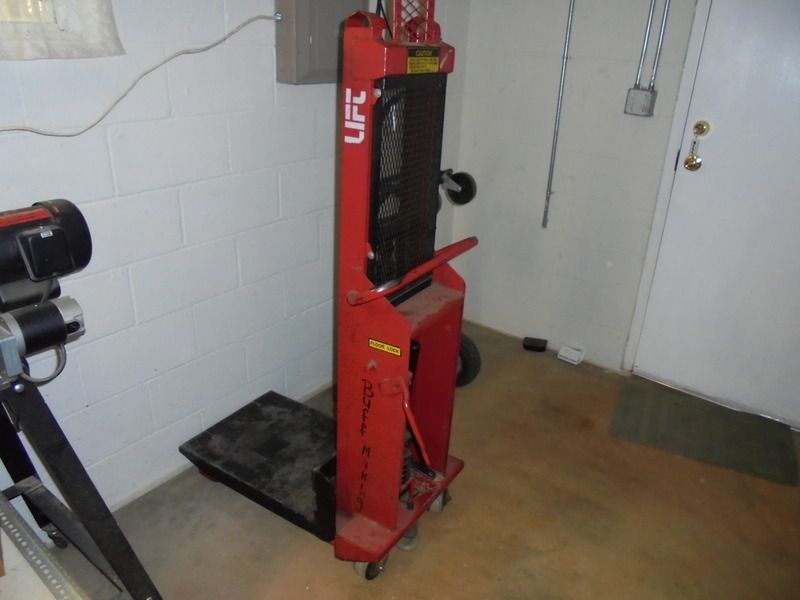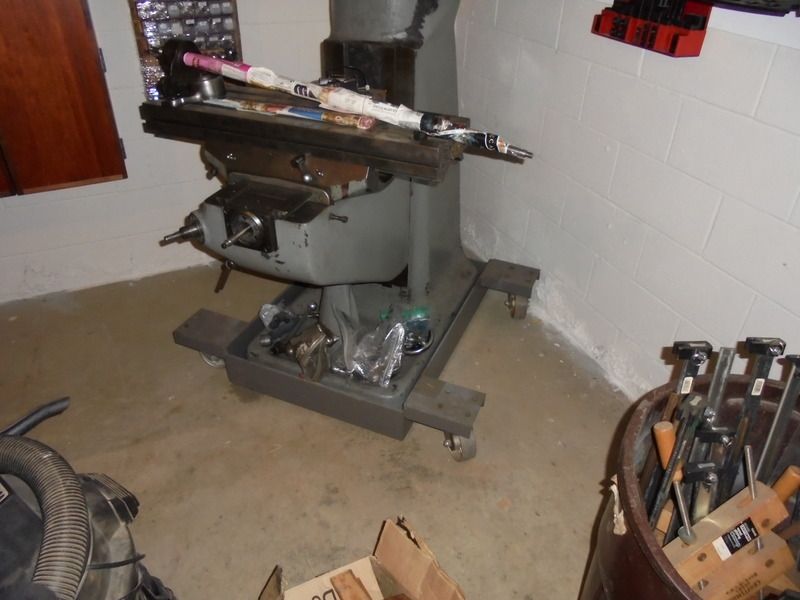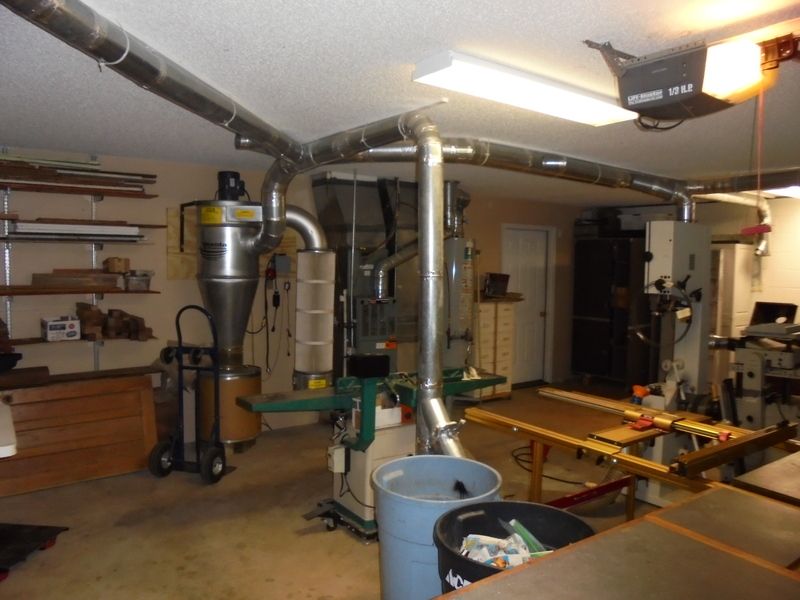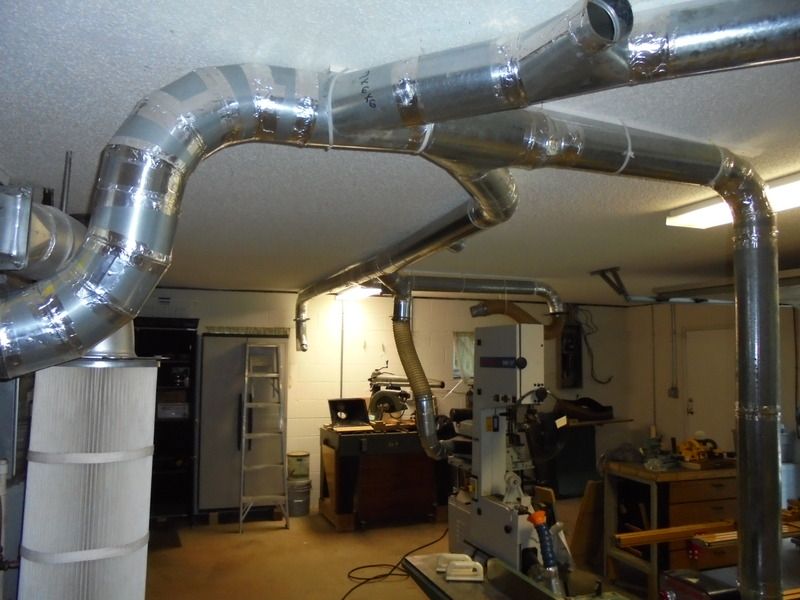Good morning folks - I'm new to NC and this forum (see intro here http://www.ncwoodworker.net/forums/showthread.php?t=59782). I'm setting up a new shop and will likely have tons of questions as I progress.
I have a full basement that will serve as my shop - basically 1400 square feet divided into two areas by a partition wall. One area is basically an oversize two car garage (roughly 29 x 26) that contains a furnace and water heater and the other is a 29 x 19 open space. There is a 36" wide door connecting the two. The 29 x 19 space is designated for metal working and wood working (bench, hand tools, layout, assembly, wood storage) and has an AC/heating duct The other area is designated for wood working fabrication and will contain the dust producing equipment (there will be a cyclone dust collector there).
Unfortunately the connecting door was not wide enough to get the Bridgeport and WT 20" drill press through so I had to cut an opening through the partition wall. I got the equipment into its designated areas (getting close to posting some pictures) but now I have this opening to deal with in the wall. I like the opening for the convenience of passing through and potential future machine movement but have some concerns with dust migration and loss of heated/cooled air in the 29 x 19 area . The options I see are:
1. Do nothing - leave the opening alone
2. Put some type of curtain up
3. Sliding barn door (uses up wall space)
4. Standard swinging doors
5. Pocket doors
Looking for some thoughts on the best long term approach from the above options or ideas I may not have thought of. The opening size needs to be a minimum of 45" so 48" is the likely result. Given this - I think any "door" solution would be a double door configuration.
Thanks
Rick
I have a full basement that will serve as my shop - basically 1400 square feet divided into two areas by a partition wall. One area is basically an oversize two car garage (roughly 29 x 26) that contains a furnace and water heater and the other is a 29 x 19 open space. There is a 36" wide door connecting the two. The 29 x 19 space is designated for metal working and wood working (bench, hand tools, layout, assembly, wood storage) and has an AC/heating duct The other area is designated for wood working fabrication and will contain the dust producing equipment (there will be a cyclone dust collector there).
Unfortunately the connecting door was not wide enough to get the Bridgeport and WT 20" drill press through so I had to cut an opening through the partition wall. I got the equipment into its designated areas (getting close to posting some pictures) but now I have this opening to deal with in the wall. I like the opening for the convenience of passing through and potential future machine movement but have some concerns with dust migration and loss of heated/cooled air in the 29 x 19 area . The options I see are:
1. Do nothing - leave the opening alone
2. Put some type of curtain up
3. Sliding barn door (uses up wall space)
4. Standard swinging doors
5. Pocket doors
Looking for some thoughts on the best long term approach from the above options or ideas I may not have thought of. The opening size needs to be a minimum of 45" so 48" is the likely result. Given this - I think any "door" solution would be a double door configuration.
Thanks
Rick


